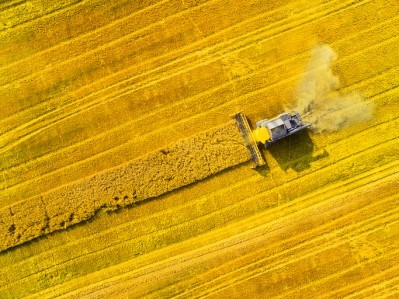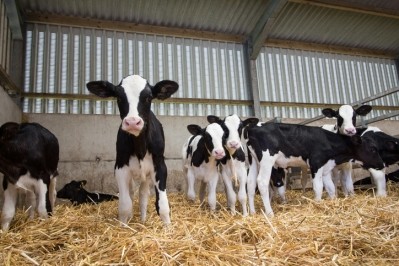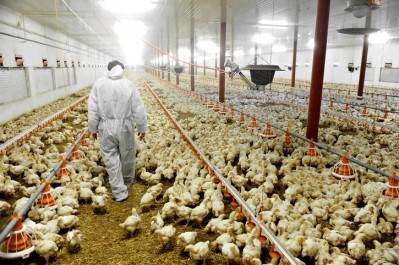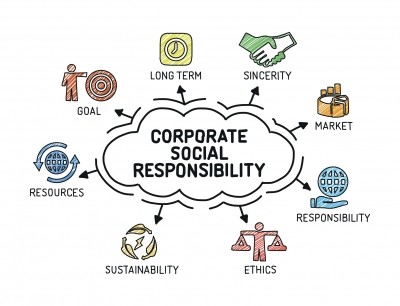Land O’Lakes sustainability efforts track feed from growth to use

The Minnesota-based company announced the start of a new sustainability-focused business unit, SUSTAIN, at the end of July. We caught up with Matt Carstens, unit leader and senior vice president, to talk about the division’s goals and efforts.
“Consumers want to know how their food and other products are raised – and we don’t shy away from that,” he said. “This isn’t something we just started today; we’ve done a lot in the past to get to where we are at today.”
Efforts made in the new unit are expected to touch work being done in areas across the company, not just feed production, he said. And they have been expanded to cover units including feed, dairy products and crop input businesses.
“Our business portfolio, which includes Winfield US crop inputs, Purina animal feed and Land O’Lakes foods, gives us a ‘farm-to-fork’ view of what sustainability truly means for our industry,” said Chris Policinski, Land O’Lakes president and CEO, in a release. “We believe that view, partnered with the tools and technology we have developed, will help sustainability practices across the value chain of all our businesses and those of our partners in the industry.”
Feed focus
Efforts to improve the sustainability of feed use and production will include partnerships and long-term efforts, said Carstens. “We’ve got a long ways to go,” he added.
Work to make feed production more sustainable is set to start with looking at how feed crops are grown and assessing inputs used, like nitrogen, he said. “That’s the easy start point, and [then it’s] moving it forward from that point and looking at the other parts of the feed process – but it starts in the field.”
Feed production sits in the middle of the project, he said. Upstream is work being done to improve how feed is raised and downstream efforts look to address end product sustainability.
One longer-term benchmark looks at the use of inputs in crop production, said Carstens. The goal reaching through 2020 is to have 10m acres of sustainably produced crops using the SUSTAIN platform.
“On the crop input we know where we want to go with that,” he said. “The number of SUSTAIN retailers improve every year and if we wanted to set numbers we’d beat them easily – it’s racing faster than we thought. On the feed and dairy food, those are more complex and there’s more we can do.”
The company also is partnering with others, like Smithfield, that have started exploring how to improve their feed production, he said.
Overall project design
Early steps in the overall process include meeting with many of the current member-owners of the company, food companies and feed businesses to talk about efforts being made and understand what they would like to see, said Carstens. “It’s understanding where folks are and understanding what they need from us,” he said.
There aren’t set guideposts for the early efforts that are being released at this point, he said. But the ongoing conversations are intended to ensure that the company is offering what partners need.
“It’s training and education; helping people define, and understand and utilize the opportunity of sustainability,” said Carstens. “You can look at sustainability as a challenge or opportunity, and we see it as an opportunity.”
The work also is aimed to help the company stay ahead of future regulatory changes, said Carstens. Additional pieces of the overall effort include collecting and analyzing data generated to demonstrate when and how progress is being made and making sure that others know what is being done and why.
The company is interested in working with its farmers, member-owners, customers and partners on the project, he said.













